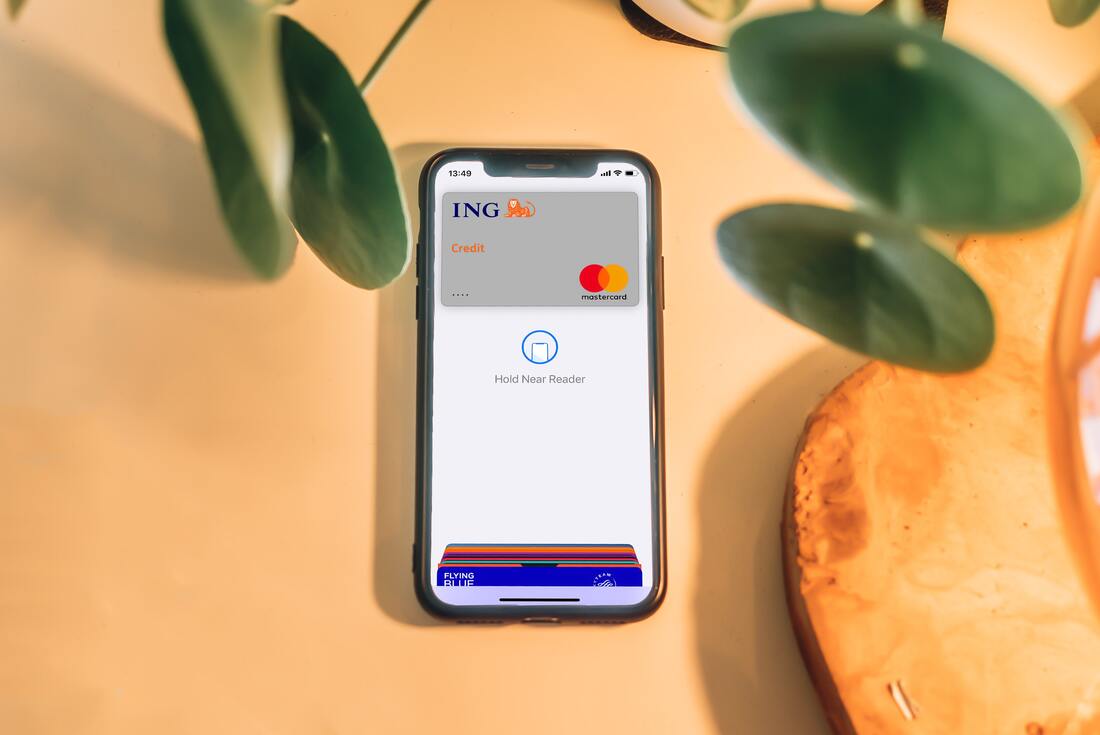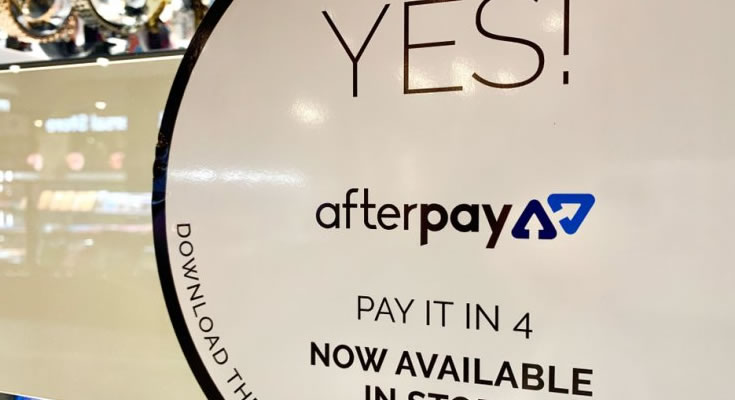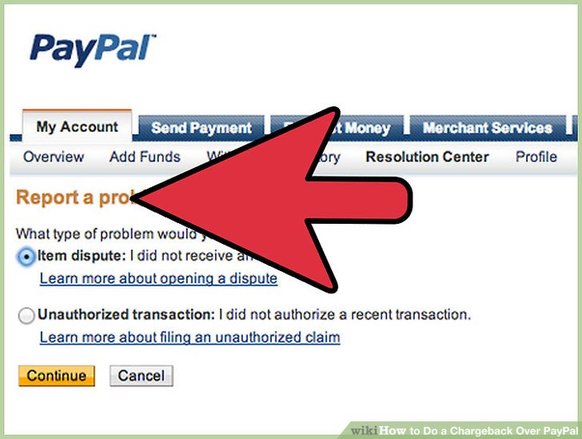Options for Installment Payments
The Pros and Cons of Using a BNPL Program
It’s easy to see why this convenient option works for so many, especially in times of financial difficulty. BNPL apps and programs allow consumers to purchase a product upfront, making it a more affordable option as they pay in monthly installments instead. But before you go using just any BNPL option, take a closer look at their advantages and what each has to offer. Online installment payment plans have a few pros and cons to consider. Here are some things to think about. BNPL Pros Easy Interest-Free Installment Plans Most BNPL services offer an installment plan (four payments, typically) that can be paid off without interest – so long as you pay on time! This makes it a great option when you need to spread out your finances. Links to Debit and Credit Cards Many BNPL apps link to your already-existing debit and credit cards. With a soft credit check, a BNPL loan doesn’t affect a credit score. Instead, it simply offers consumers like students and those still building their credit to learn how to budget and better manage their personal finances. Increases Orders and Purchases When consumers feel confident with an easy-to-use loan without interest, they’re more tempted to make larger purchases and to spend more in a shop. That means that having a BNPL option on your online shop is a major advantage to your business. Furthermore, it also keeps consumers coming back time and time again. BNPL Cons Minimum Spending Requirements Installment payments have a purpose – to help stretch out payments for more significant purchases. In other words, many BNPL options have a minimum spending requirement. For example, Klarna is $35. Late Payment Fees Interest-free installment plans are great – if you remember to pay them! But if you don't, many BNPL programs charge late payment fees. Of course, at the end of the day,, you’ll be paying more for the product purchased. Many Do Not Help Build Credit While there are BNPL apps that do help build credit with a hard credit score, many simply do not. Take a closer look at the app details and whether they are required to report to the credit bureaus and you will have your answer. For example, Splitit and Sezzle have no impact – good or bad – on your credit score. #5 Consumer Favorite Options for Installment PaymentsLet’s break down some popular BNPL installment payment options. #1 Affirm Affirm allows customers and buyers to make a purchase and skip the late fees. However, Affirm does charge interest, which it breaks down up front. Still, an underpayment or no payment at all can harm credit scores. All in all, this loan system makes Affirm a fantastic option for larger purchases, allowing up to a 12-month payment plan. Interest rates on loans range anywhere from 0 - 30% and are dependent on several variables like if you have prior payment history, the standing of your current Affirm account and more. #2 Afterpay Afterpay offers payments split into four installments over six weeks. With a 0% interest rate, it’s a great BNPL option for those who are diligent and pay on time. Afterpay also allows late payments with a 10-day grace period. Beyond this time, a late fee is charged, based on the amount of the original purchase but never more than 25%. #3 Klarna Klarna’s terms, rates and fees tend to vary by merchant. However, customers can expect something like 4 installment plans spanning 6 weeks with no fees. Plus, Klarna allows users to pay 30 days after the purchase. Besides these limits, Klarna can charge up to a $35 late fee each month, but it’s relative to the item purchased, and $10 per month is the norm. #4 PayPal ‘Pay in 4’ Many people use PayPal for online purchases, so they recently launched a new ‘Pay in 4’ program to meet the demand. The PayPal ‘Pay in 4’ allows consumers to make purchases without being charged interest, which is wonderful. However, they do charge a late payment fee. It’s also important to know that they run a soft credit check, which essentially means it doesn’t affect credit scores. #5 Sezzle Once approved with a soft credit check, Sezzle requests 25% upfront and allows you to pay (with a linked debit or credit card) over four installments in six weeks without interest. Late payments are $10, but it can be waived easily if you catch it within 48 hours. Sezzle also offers long-term loan financing through Ally. However, this method does require a hard credit check.
0 Comments
If becoming a digital store felt overwhelming, what we’re about to discuss may make you sweat. Don’t. It’s an up-and-coming topic developing in the changing world of ecommerce merchandising. It addresses how to collect on what you sell, and how to make it easier for your customers to buy.
Dubbed “BNPL” for short, the concept of Buy Now; Pay Later offers payment plans for goods–something that was once only a reality for big retailers offered through proprietary credit cards, or by accepting bank cards. That’s still a way to go, but what if you could ease the pain of customers who really want what you have, but are constrained by a temporary financial shortfall? In the era of a global pandemic, creative financing has taken on various forms; experts believe the shutdowns have advanced ecommerce developments by up to five years. As shopping online has exploded, strategic agreements with underwriters mean even small businesses can entice buyers with offers to pay in installments. Flexible payment methods are attractive to nearly 60 percent of consumers who purchase online. Those numbers might incentivize your decision to explore the possibilities. Though not without limitations, it’s at very least a marketing tactic that accommodates tough times. Offering payment flexibility requires a direct integration through your point-of-sale system, and that initial step is big. Some players providing this service include Affirm, Afterpay, Klarna, and Quadpay. PayPal, perhaps the most prolific online payment platform, announced in August that it would begin a launch. One study analyzed data of BNPL programs over a three-month period, reviewing almost a half-million transactions across more than 300 retailers. They included the above five platforms. Here’s what they found:
Life – and business – would be a lot simpler if a successful customer interaction ended in a sale. For too many, a lingering drama unfolds with customers who use the legendary payment service, PayPal, to facilitate their transaction.
PayPal, a behemoth originating from the early days of eBay, offers a relatively smooth transfer of funds from buyer to seller, and provides industry-standard security in the process. When a sale goes awry, however, it can be a nightmare to deal with – especially if you have a customer who may just be attempting to defraud you. As an online seller, the benefits of accepting PayPal payments are impossible to overstate. First, PayPal processes about $100 million worth of payments each year. Second, the percentage of ecommerce shoppers, and others, who have PayPal accounts is very high. Most are comfortable with the technology and will readily turn to its convenient service. Merchants including a PayPal payment button on their checkout sites may realize a greatly increased chance of making the sale. |
Archives
October 2021
Categories
All
|






